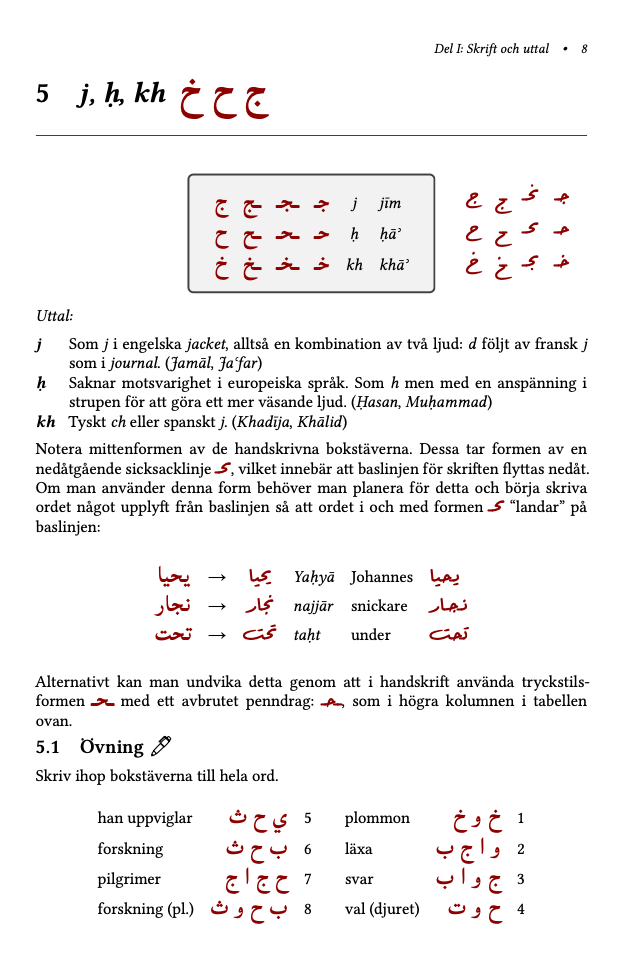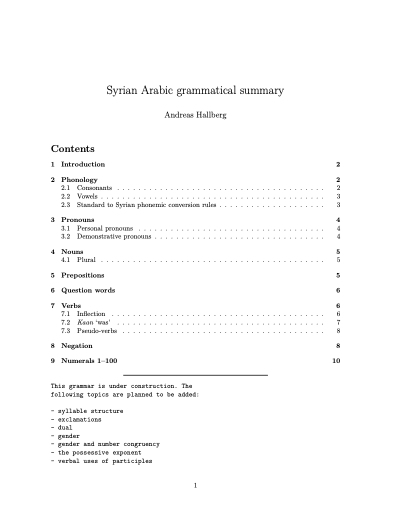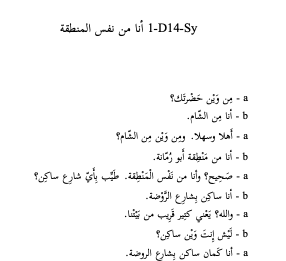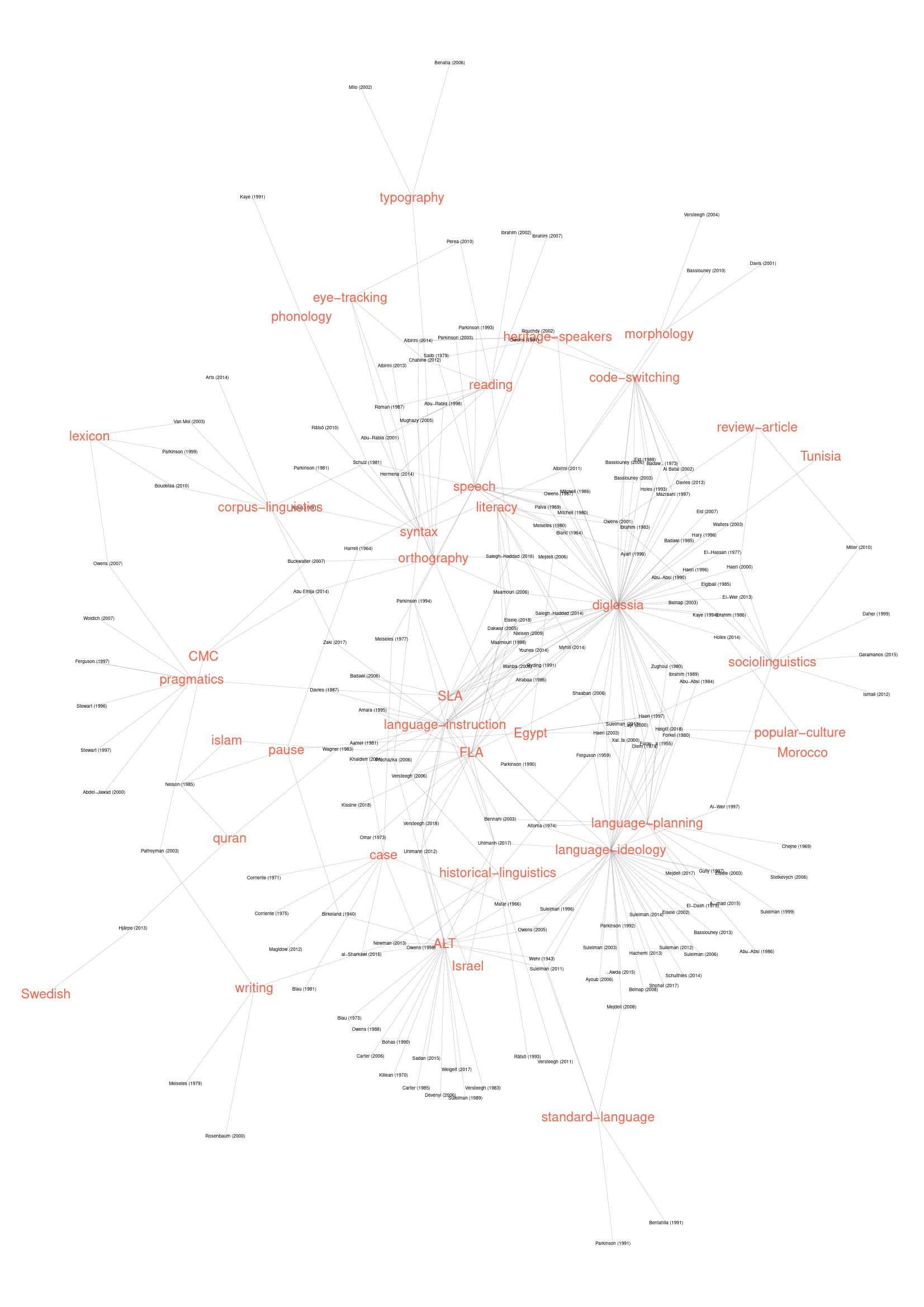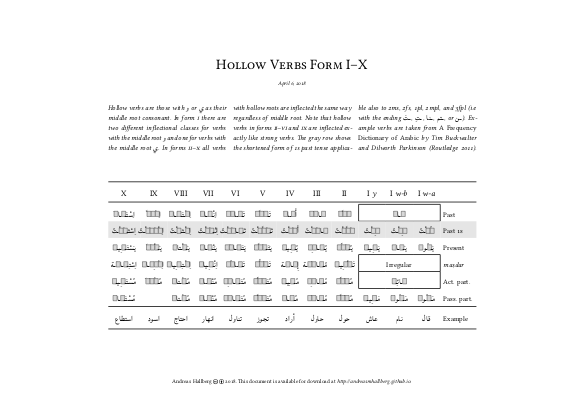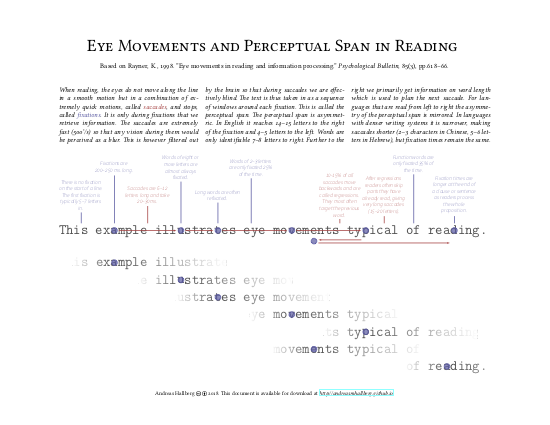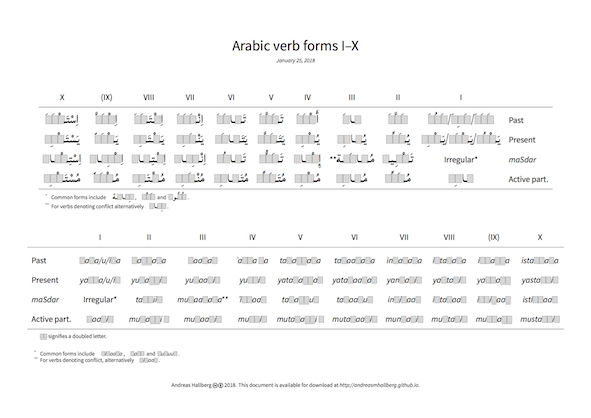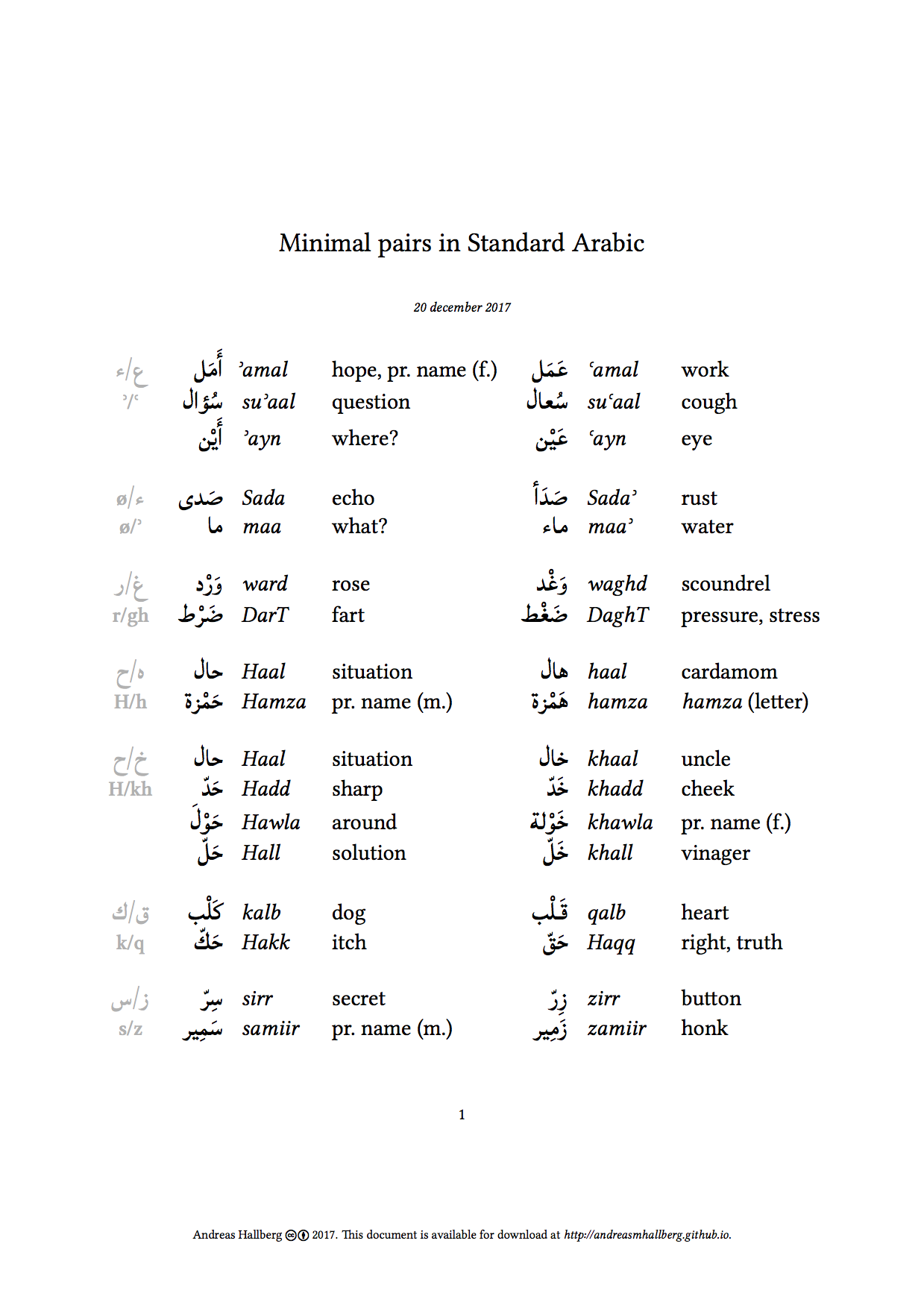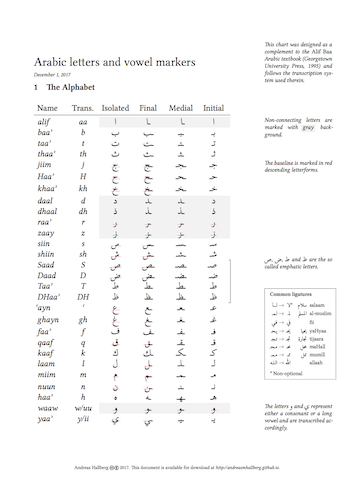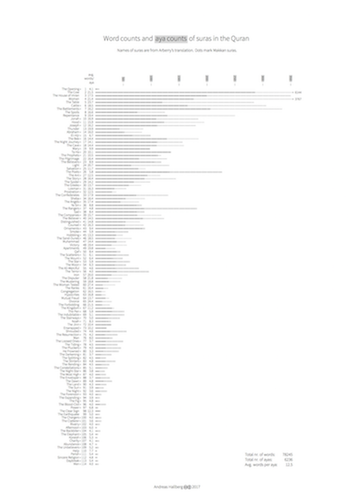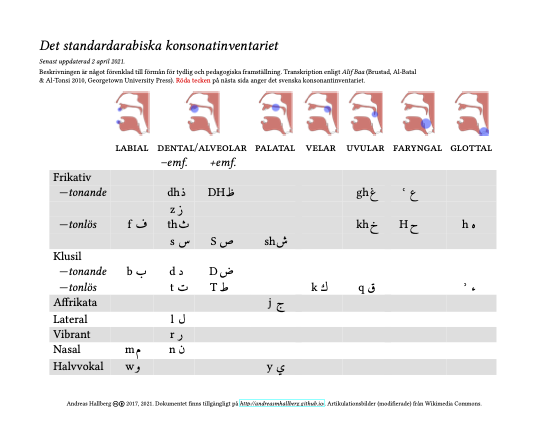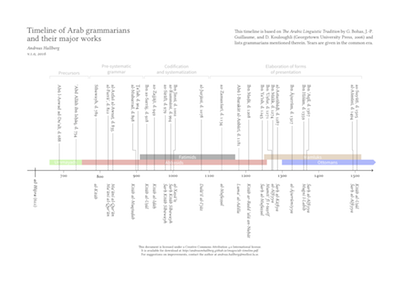Books — Articles — Book chapters — Teaching materials — Media appearances — Miscellaneous
Books
Hallberg, A. (2023). Om arabiska: En kort språkvetenskaplig introduktion. Göteborgs universitet. https://gupea.ub.gu.se/handle/2077/76851 (PDF)
Reviews: Språktidningen (2024).
Hallberg, A. (2016). Case endings in Spoken Standard Arabic: Statistics, norms, and diversity in unscripted formal speech [Dissertation, Lund University]. https://lup.lub.lu.se/record/8524489 (PDF)
Reviews: Al-ʿArabiyya (2018); ZAL (2019).
Articles
Hallberg, A. (2022). Principles of variation in the use of diacritics (taškı̄l) in Arabic books. Language Sciences, 93, 1–15. https://doi.org/10.1016/j.langsci.2022.101482 (PDF)
Hallberg, A. (2022). Variation in the use of diacritics in modern typeset Standard Arabic: A theoretical and descriptive framework. Arabica, 69(3), 279–317. https://doi.org/10.1163/15700585-12341640 (PDF)
Hallberg, A. (2022). A parallel text-based approach for teaching Standard and vernacular Arabic. Orientalia Suecana, 71, 24–37. https://doi.org/10.33063/diva-484185 (PDF)
Hallberg, A. (2021). Case and mood inflection in Formal Spoken Arabic: A quantitative investigation. Zeitschrift für Arabische Linguistik, 74, 61–86. https://doi.org/10.13173/zeitarabling.74.0061
Hallberg, A., & Niehorster, D. C. (2021). Parsing written language with non-standard grammar: An eye-tracking study of case marking in Arabic. Reading and Writing, 34(1), 27–48. https://doi.org/10.1007/s11145-020-10040-6 (PDF)
Book chapters
Hallberg, A. (2023). Standard language ideology and prescriptivism in the Arabic-speaking world. In J. C. Beal, M. Lukač, & R. Straaijer (Eds.), Routledge handbook of linguistic prescriptivism (pp. 287–303). Routledge. https://doi.org/10.4324/9781003095125-20
Hallberg, A. (2017). Några egenheter i arabisk standardspråksideologi. In H. Rahm (Ed.), Vetenskapssocieteten i Lund. Årsbok 2017 (pp. 39–48). Vetenskapssocieteten i Lund. (PDF)
Teaching materials
These documents are subject to continuous tinkering. The latest version can always be found here. For recorded lectures, see lecture under tags.
Introduktion till arabiska: kompendium med övningar
(Swedish)
pdf | Blog post
Syrian Arabic grammatical summary
pdf | Blog post
Syrian Arabic transcripts from Al-Kitaab
pdf | Blog post
Keyword network
pdf | Blog post
Hollow/Defective Verb Form I-X
pdf | Blog post
Eye Movements and Perceptual Span in Reading
pdf | Blog post
Verb forms I-X
pdf | Blog post
Minimal pairs in Standard Arabic
pdf | Blog post
The Arabic writing system
pdf | Blog post
Word counts and aya counts of suras in the Quran
pdf | Blog post
Det standardarabiska konsonantinventariet
(Swedish)
pdf | Blog post
Timeline of Arab grammarians and their major works
pdf | Blog post
Media appearances
Bergh, E. (2024). Alkompis varnar för desinformation: “De vill att parallellsamhället ska bli starkt.” Läget.
Walden, A., & Amiri, P. (2024). Helvetet med Walden & Parisa (Avs. 13). Munck Studios AB.
Alpman, M. (2024). Vad vet du om sveriges näst största språk? Forskning och Framsteg, 2, 16.
Rasper, E. (2023). Språket. Sveriges Radio P1.
Abd Allāh, N. (2023). كتاب جديد يهدف الى تعريف السويديين باللغة العربية. Radio Sweden Arabic.
Etezaz, Y. (2023). Experten imponerad av Åkessons tal på arabiska. Göteborgsposten.
Jakobsson, H. (2023). Segregation blev rasism när S kampanjar på arabiska. Dagens Nyheter.
Miscellaneous
Hallberg, A. (2017). Zeittafel. Graphical timeline. In F. Weigelt, Einführung in die arabische Grammatiktradition (pp. 247–249). Harrassowitz. (PDF)
Kurayyim, M. (2017). Tawfiq Basha och den nya musiken (A. Hallberg, Trans.). Glänta, 17(2-3), 153–159.
Ḥamūd, M. (2017). Skammen (A. Hallberg, Trans.). Glänta, 17(2-3), 32–38.

